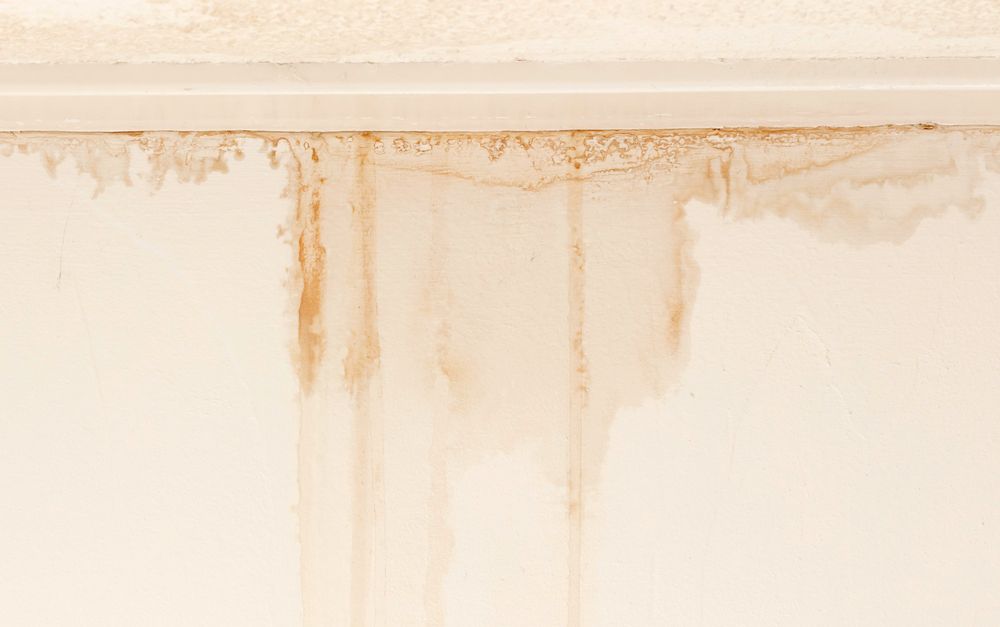Six Ways to Spot Covert Water Line Leaks Efficiently
Six Ways to Spot Covert Water Line Leaks Efficiently
Blog Article
What're your thoughts and feelings about Leaking water lines?

Early discovery of dripping water lines can reduce a prospective disaster. Some tiny water leakages might not be noticeable.
1. Examine the Water Meter
Every home has a water meter. Examining it is a surefire way that assists you discover leakages. For beginners, turn off all the water sources. Make sure nobody will flush, use the faucet, shower, run the cleaning machine or dishwashing machine. From there, most likely to the meter and also watch if it will certainly change. Since no one is utilizing it, there must be no motions. If it moves, that indicates a fast-moving leakage. If you identify no modifications, wait a hr or two and also check back again. This suggests you may have a slow-moving leak that might also be below ground.
2. Check Water Consumption
Analyze your water expenses and track your water consumption. As the one paying it, you ought to observe if there are any discrepancies. If you identify sudden changes, in spite of your usage coinciding, it suggests that you have leakages in your plumbing system. Bear in mind, your water costs need to drop under the exact same range monthly. An abrupt spike in your costs suggests a fast-moving leak.
Meanwhile, a stable increase each month, despite having the same practices, shows you have a sluggish leak that's also gradually escalating. Call a plumber to extensively check your home, particularly if you feel a cozy area on your floor with piping underneath.
3. Do a Food Coloring Examination
When it comes to water intake, 30% comes from toilets. If the color somehow infiltrates your bowl throughout that time without flushing, there's a leakage in between the container and dish.
4. Asses Outside Lines
Don't forget to examine your outside water lines too. Needs to water leak out of the connection, you have a loosened rubber gasket. One tiny leakage can squander loads of water and also surge your water bill.
5. Check and Analyze the Scenario
Property owners should make it a practice to check under the sink counters as well as also inside closets for any type of bad odor or mold and mildew growth. These two warnings suggest a leak so timely focus is called for. Doing regular inspections, even bi-annually, can save you from a major problem.
Examine for stainings as well as damaging as most pipelines as well as devices have a life span. If you think leaking water lines in your plumbing system, do not wait for it to rise.
Early detection of leaking water lines can alleviate a prospective disaster. Some tiny water leaks might not be visible. Checking it is a proven method that helps you uncover leaks. One tiny leakage can waste tons of water as well as spike your water expense.
If you presume leaking water lines in your plumbing system, do not wait for it to rise.
WARNING SIGNS OF WATER LEAKAGE BEHIND THE WALL
PERSISTENT MUSTY ODORS
As water slowly drips from a leaky pipe inside the wall, flooring and sheetrock stay damp and develop an odor similar to wet cardboard. It generates a musty smell that can help you find hidden leaks.
MOLD IN UNUSUAL AREAS
Mold usually grows in wet areas like kitchens, baths and laundry rooms. If you spot the stuff on walls or baseboards in other rooms of the house, it’s a good indicator of undetected water leaks.
STAINS THAT GROW
When mold thrives around a leaky pipe, it sometimes takes hold on the inside surface of the affected wall. A growing stain on otherwise clean sheetrock is often your sign of a hidden plumbing problem.
PEELING OR BUBBLING WALLPAPER / PAINT
This clue is easy to miss in rooms that don’t get much use. When you see wallpaper separating along seams or paint bubbling or flaking off the wall, blame sheetrock that stays wet because of an undetected leak.
BUCKLED CEILINGS AND STAINED FLOORS
If ceilings or floors in bathrooms, kitchens or laundry areas develop structural problems, don’t rule out constant damp inside the walls. Wet sheetrock can affect adjacent framing, flooring and ceilings.
https://www.servicemasterbyzaba.com/blog/how-to-detect-water-leakage-in-walls/

I was introduced to that report about Top leak detection hacks through a friend on a different blog. In case you enjoyed reading our blog entry plz be sure to pass it around. Thanks a lot for going through it.
Plumbing woes? We help. Report this page